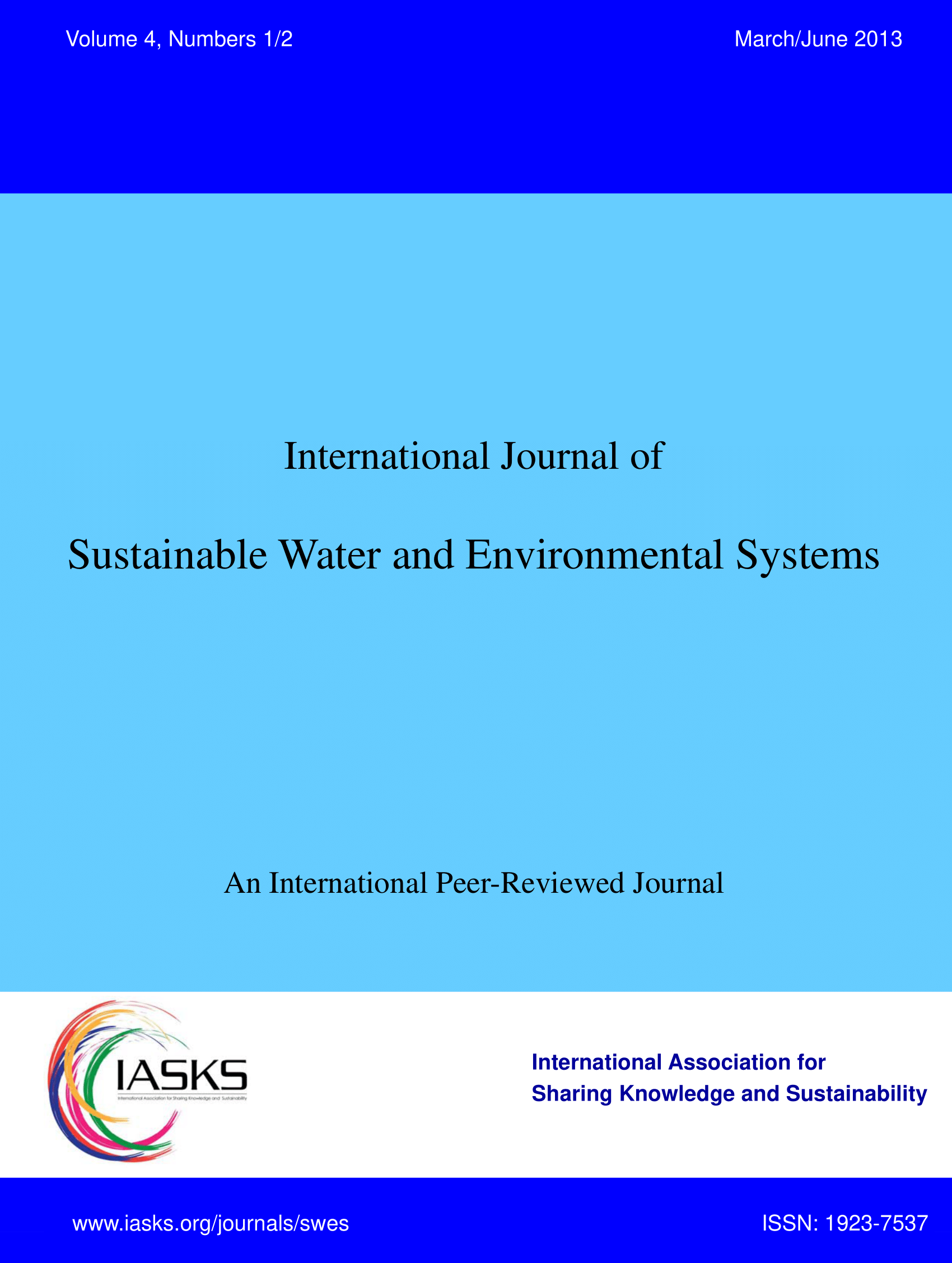volume-01-Issue 2 (2010)
Latest Articles
Use of Production and Brackish Water in Concrete Mixtures
SWES, volume-01, Issue 2 (2010) , PP 39 - 43
Published: 09 Dec 2010
DOI: 10.5383/swes.01.02.001
by Ramzi A. Taha, Ali S. Al-Harthy, Khalifa S. Al-Jabri from Department of Civil and Architectural Engineering, Sultan Qaboos University, Oman
Abstract: The Sultanate of Oman lies in an arid region where fresh water sources are scarce. Economic and population growth spur the need for more housing, schools, roads, and many other civil works. In the construction of such projects, water is needed as a component in concrete mixing. Contractors in arid regions are sometimes faced with the problem of finding water of acceptable quality for their construction work. However, plenty of production water (oily and brackish water) is produced in the oil fields during oil production. In 2002, Petroleum Development Oman (PDO) produced an estimated 130,000 m3/day of crude oil with a corresponding 630,000 m3/day of production water, most of which are disposed of via deep well injection. This research project was initiated as a possible option for the use of production water as part of PDO’s policy on sustainable development, materials efficiency, and waste reduction. The main objective of this paper is to present the results obtained on the use of production (oily) and brackish water in concrete mixtures. Water samples were obtained from four PDO asset areas. Nine water samples, including a controlled potable (tap) water, were analysed for pH, total dissolved solids (TDS), chloride, hardness, alkalinity, and sulphates. In addition, cement pastes and mortars and plain concrete mixtures were prepared using 100% substitution of potable water. Nine mixtures were prepared and cured for up to one and a half years. Mixtures were tested for initial setting times, compressive strength and flexural strength. Research results indicate that there was a small decrease in the initial setting times for all cement paste mixtures prepared using production and brackish water in comparison with potable water. However, such values still exceeded the minimum 45 minutes initial setting requirement as set forth in ASTM C150. The use of PDO’s production and brackish water did not cause any decrease in the compressive or flexural strength measurements of cement mortars or concrete mixtures in comparison with potable water. In general, there was no strength reversal with longer curing periods. However, for most concrete mixtures the strength tends to level off after three months of curing. Most production water mixtures resulted in higher strength measurements than those prepared using potable water. Further testing is necessary to investigate corrosion potential in reinforced concrete. read more... read less...
Keywords: Brackish Water, Production Water, Polluted Water, Concrete, Mortar, Paste, Strength.

